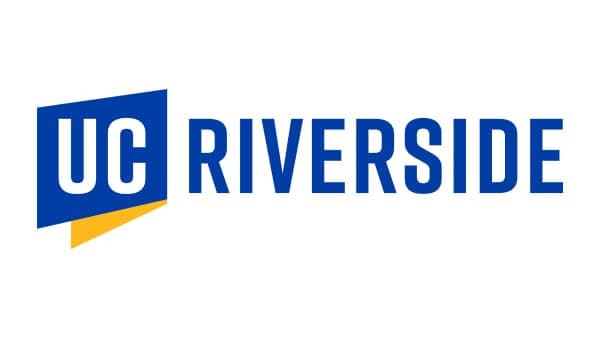By adopting Zoom Phone, Zoom Contact Center, Zoom Rooms, and Zoom Webinars, University of California, Riverside vastly improved its communication infrastructure and modernized its classroom technology.
“The Zoom platform integrates flexibly with commodity hardware. UCR decided to license Zoom Rooms because it would allow the University to leverage different combinations of low-cost hardware devices (video cameras, microphones, speakers, etc.) in alignment with each college and department’s needs.”
Matthew Gunkel
Associate Vice Chancellor and Chief Information Officer

